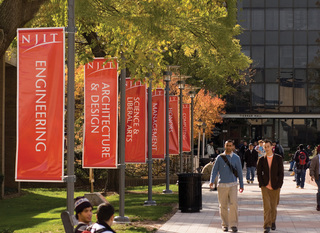Document Type
Thesis
Date of Award
5-31-1987
Degree Name
Master of Science in Biomedical Engineering - (M.S.)
Department
Biomedical Engineering Committee
First Advisor
David S. Kristol
Second Advisor
Peter Engler
Third Advisor
Arthur B. Ritter
Abstract
Fibrinogen and thrombin were combined to make a "glue" for adherence in microvascular anastomoses and split-thickness autologous skin grafts in rats. The powdered human fibrinogen and bovine thrombin were mixed with sterile water and each applied drop-wise through separate syringes in equal concentrations. A gelatinous clot formed in 10 seconds, and was completely coagulated in 45 seconds. In part I, one-half of the group had their grafts sutured, and one-half had their grafts glued in place.
In part II, microvascular arterial anastomoses were performed. Group I had their arteries reanastomosed using sutures only; group II had their arteries reanastomosed by using an intraluminal stent, two stay-sutures, and the fibrin glue.
The microvascular anastomoses were almost all patent. The glue served as a hemostyptic agent as well as an adhesive. In both groups, the sutured technique took nearly twice as long as the gluing technique.
The suture material caused a foreign body reaction on the grafts, not seen in the group with glue. The glued grafts took better overall, but all grafts sloughed at 2-3 weeks post-op, mainly due to infection and hemorrhage caused by excessive motion.
Recommended Citation
Drastal, Susan Diane, "Fibrin glue for spilt-thickness skin grafts and microsurgical end-to-end arterial anastomoses in live rats" (1987). Theses. 3095.
https://digitalcommons.njit.edu/theses/3095




